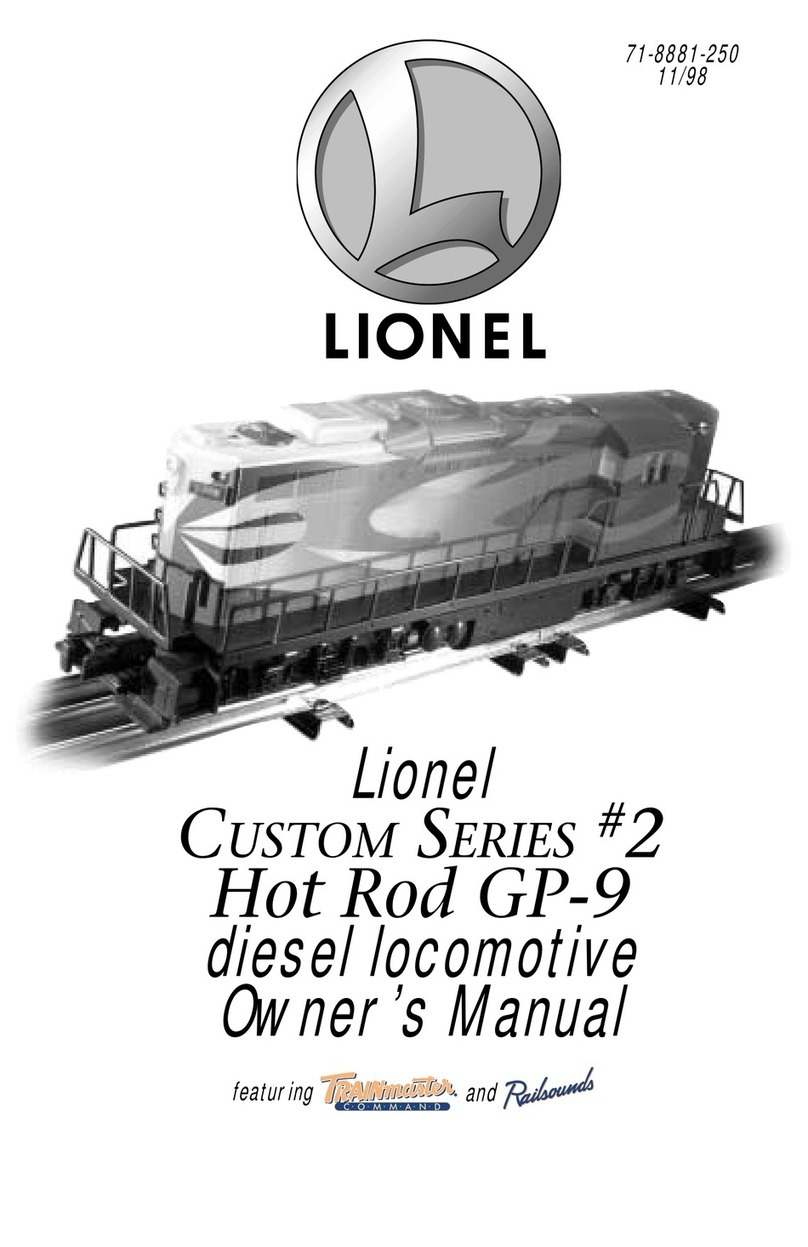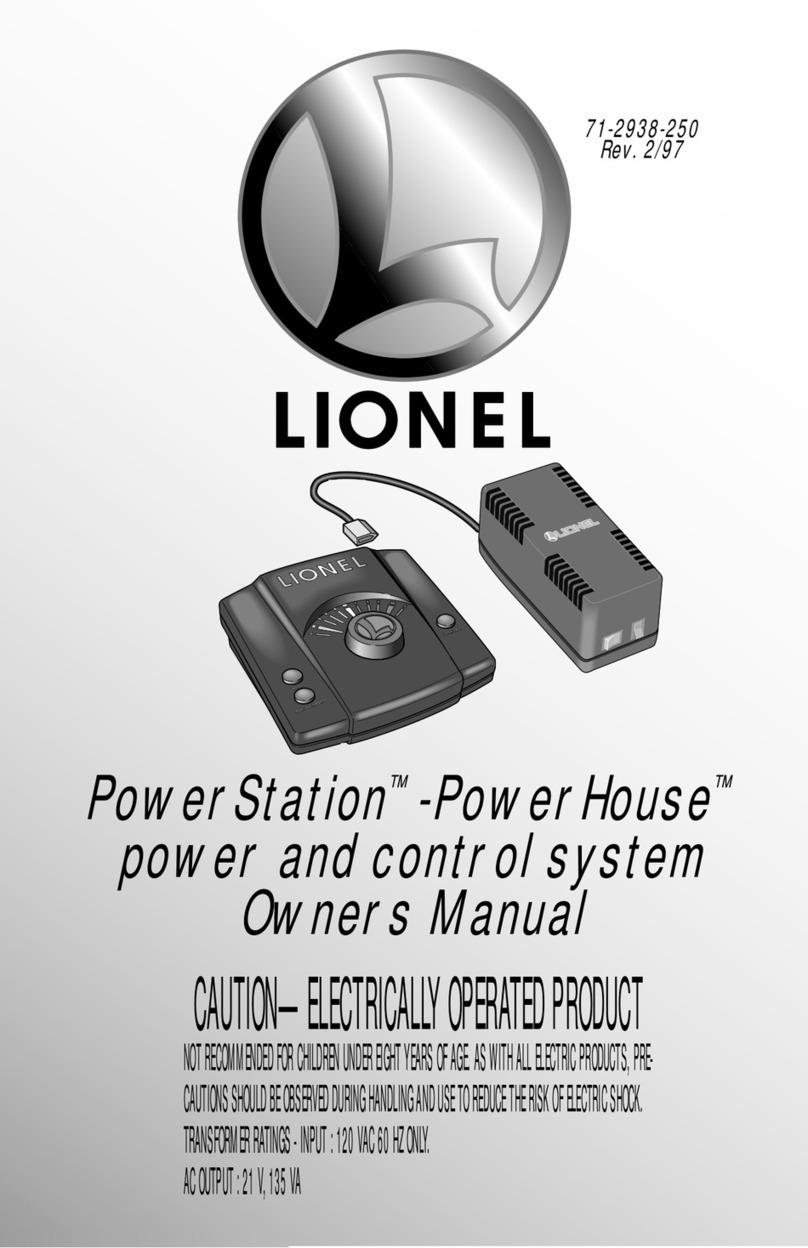Lionel 71-3008-250 User manual
Other Lionel Toy manuals

Lionel
Lionel Heritage Series Lincoln Funeral Train User manual
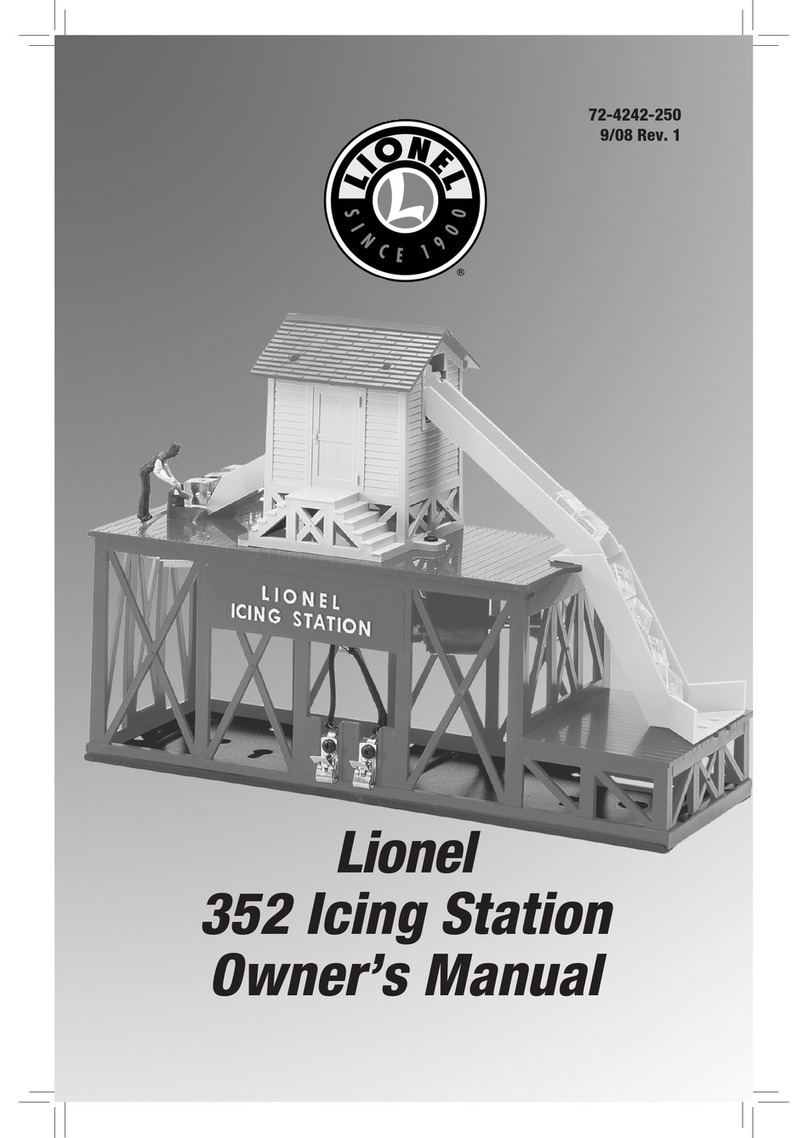
Lionel
Lionel 352 Icing Station User manual

Lionel
Lionel GP-7 diesel locomotive User manual
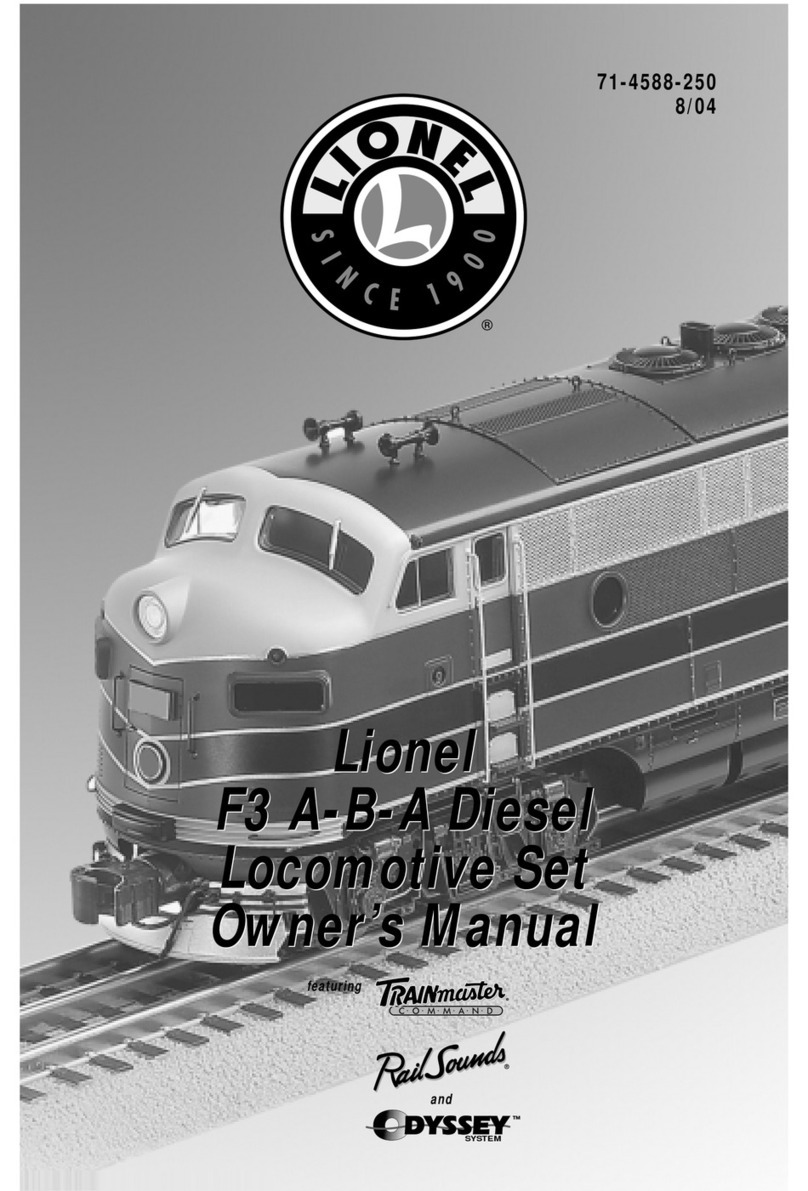
Lionel
Lionel F3 A-B-A Diesel User manual

Lionel
Lionel American Flyer 2-8-8-2 Steam Locomotive User manual
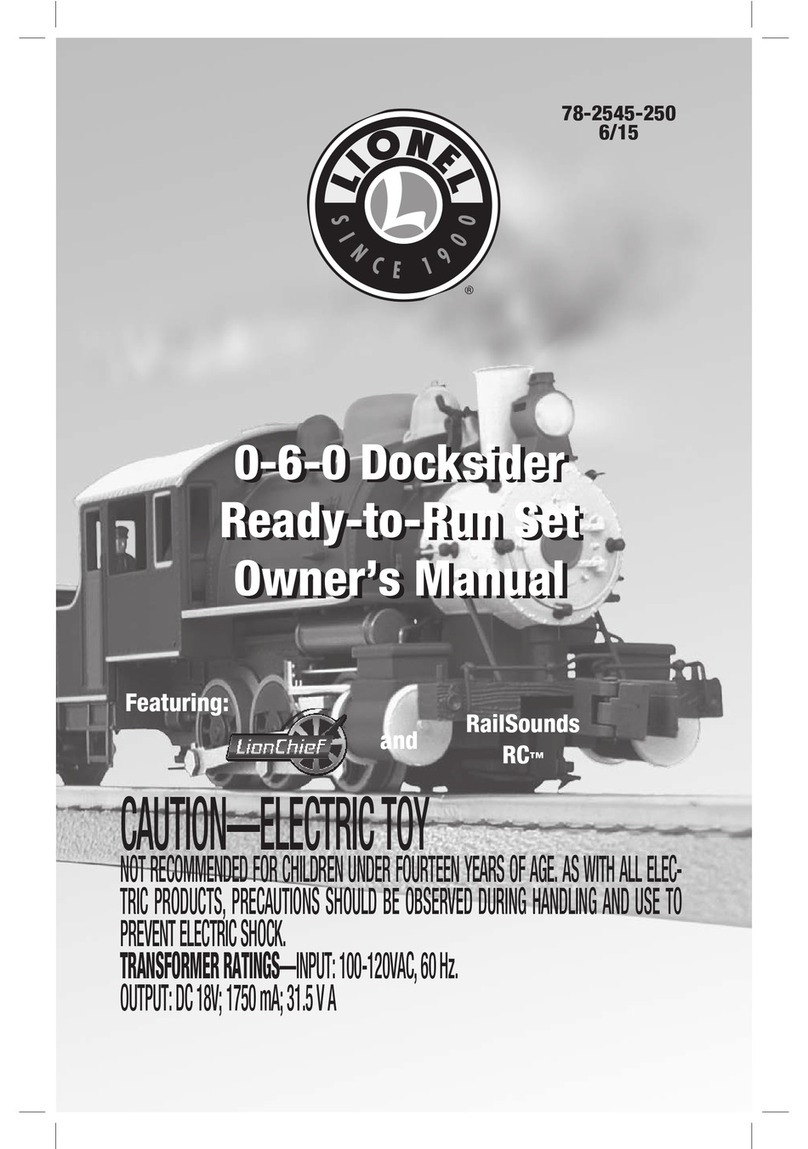
Lionel
Lionel 0-6-0 Docksider User manual
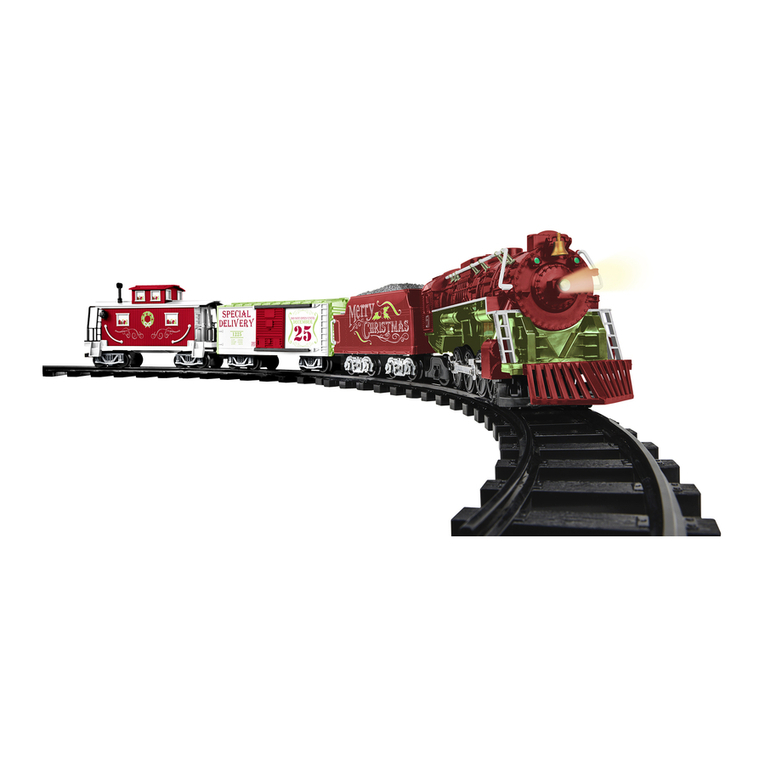
Lionel
Lionel Holiday Special Train Set User manual

Lionel
Lionel American Flyer U-Boat Diesel Locomotive User manual
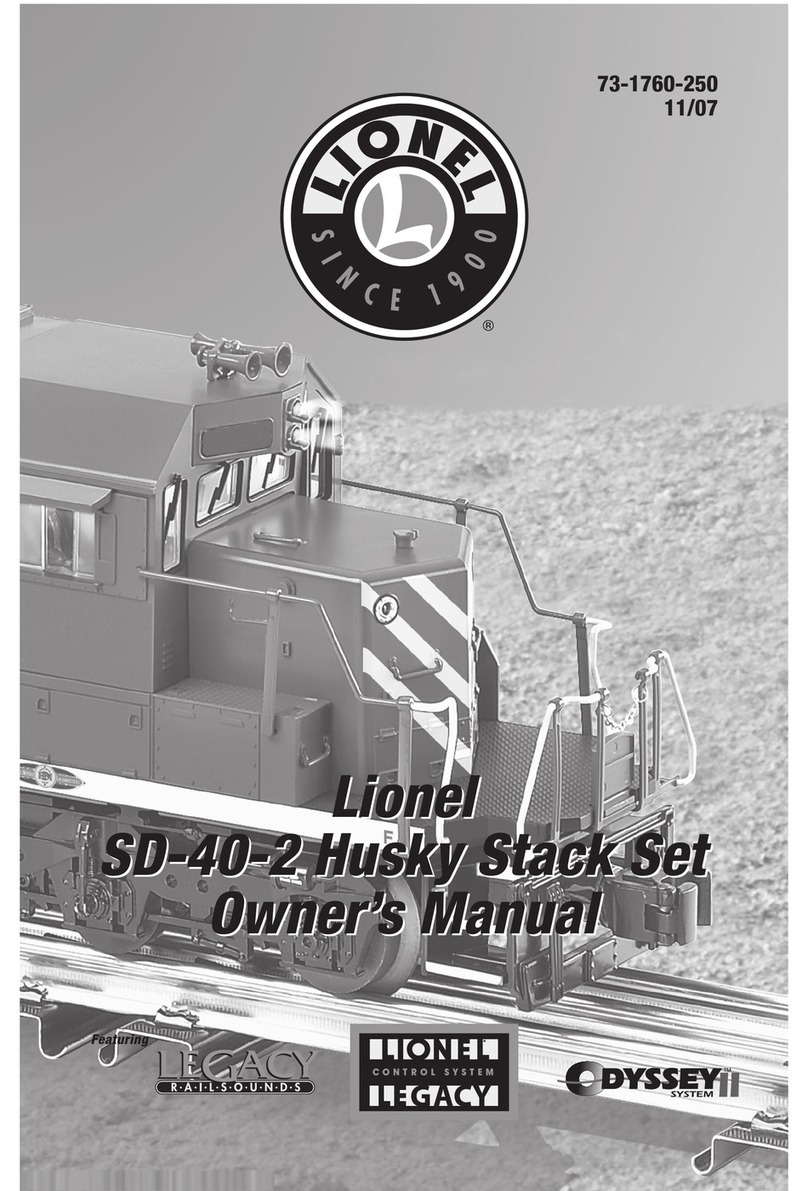
Lionel
Lionel SD-40-2 Husky Stack User manual

Lionel
Lionel 4-6-4 Dreyfuss Hudson User manual
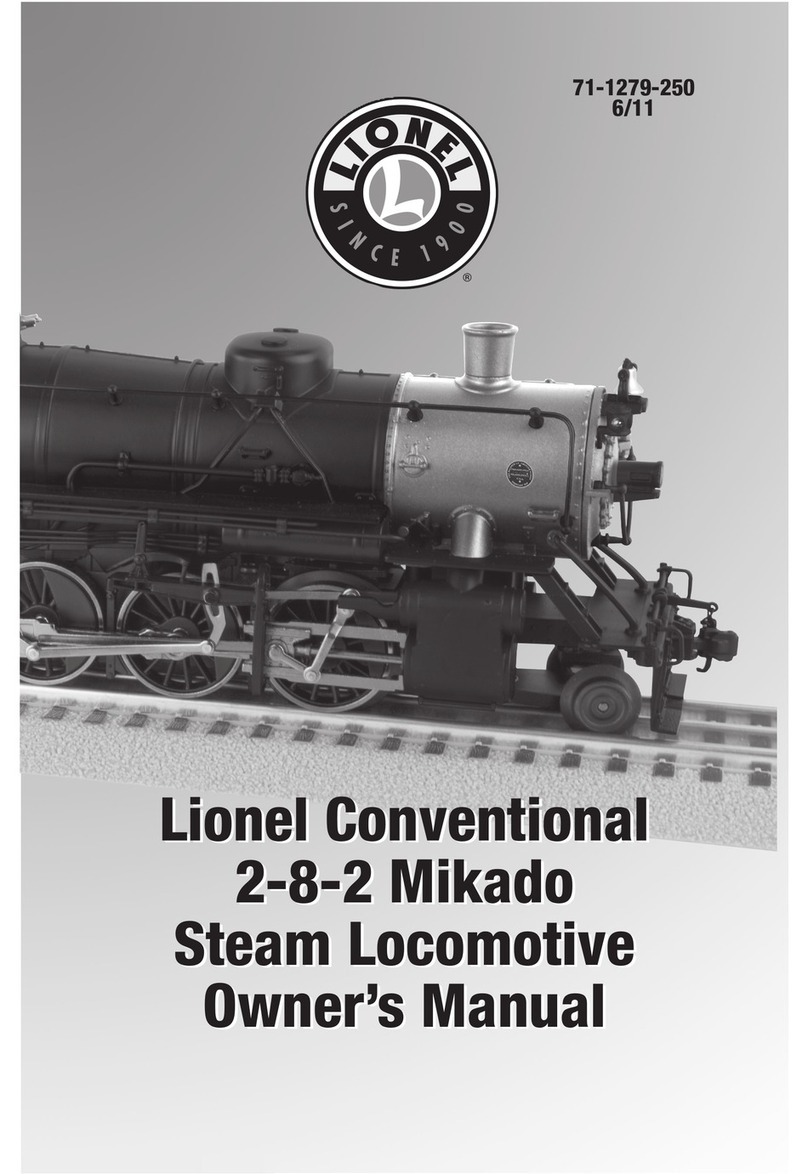
Lionel
Lionel 2-8-2 Mikado User manual

Lionel
Lionel Alco PA-1 diesel locomotive User manual
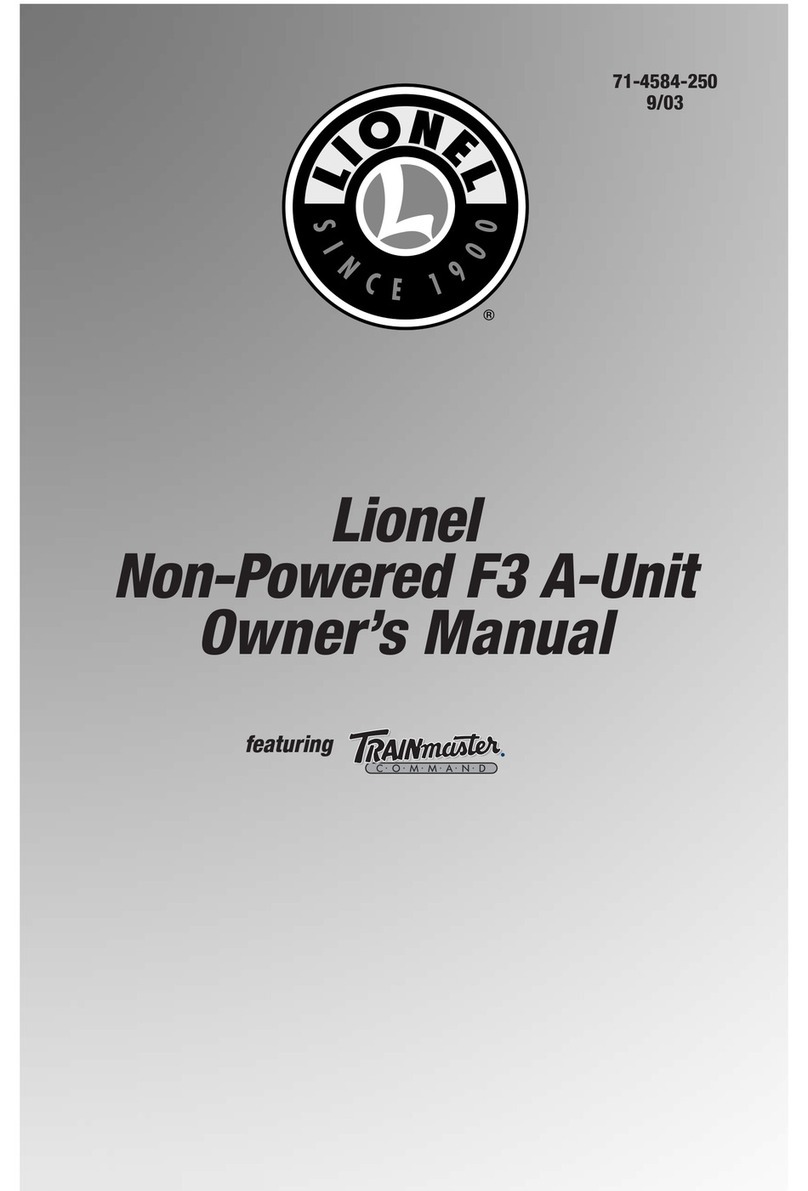
Lionel
Lionel Non-Powered LEGACY RailSounds Super Bass F3... User manual

Lionel
Lionel New York City Transit AuthorityR30 Subway... User manual

Lionel
Lionel U.S. ARMY SWITCHER 41 User manual
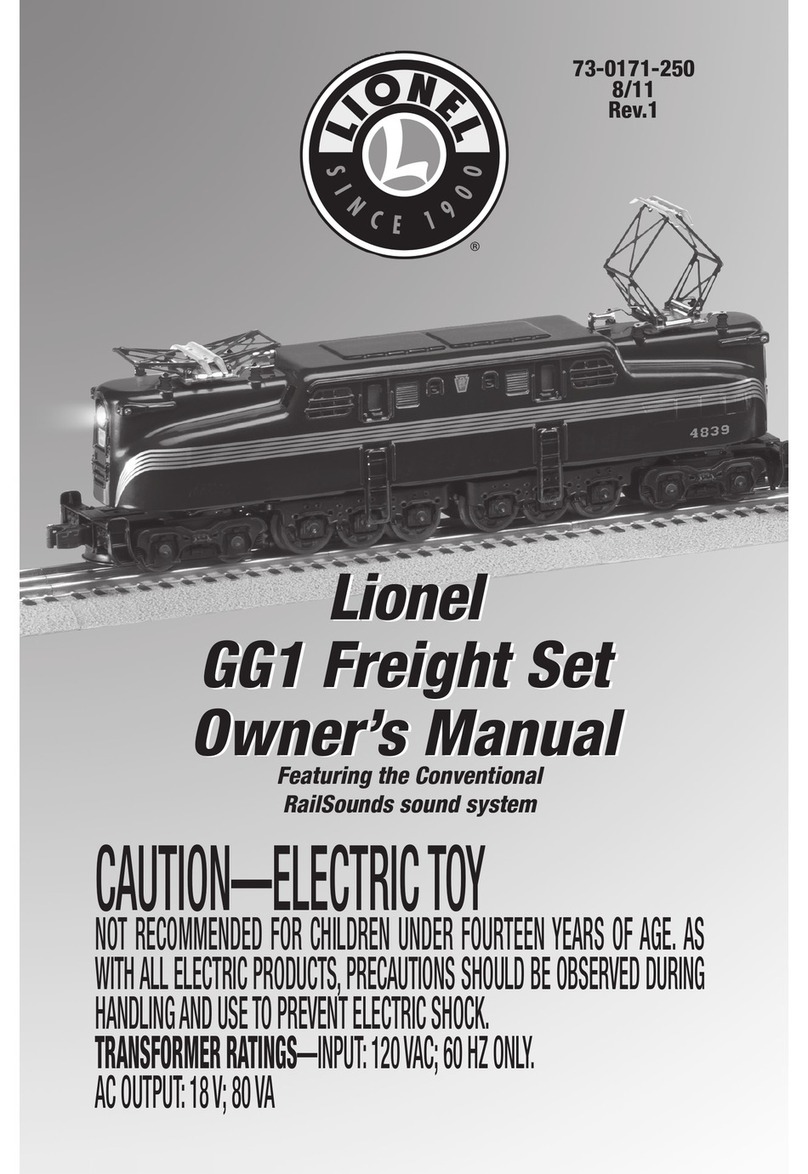
Lionel
Lionel GG1 User manual

Lionel
Lionel Canadian Pacific Freight User manual
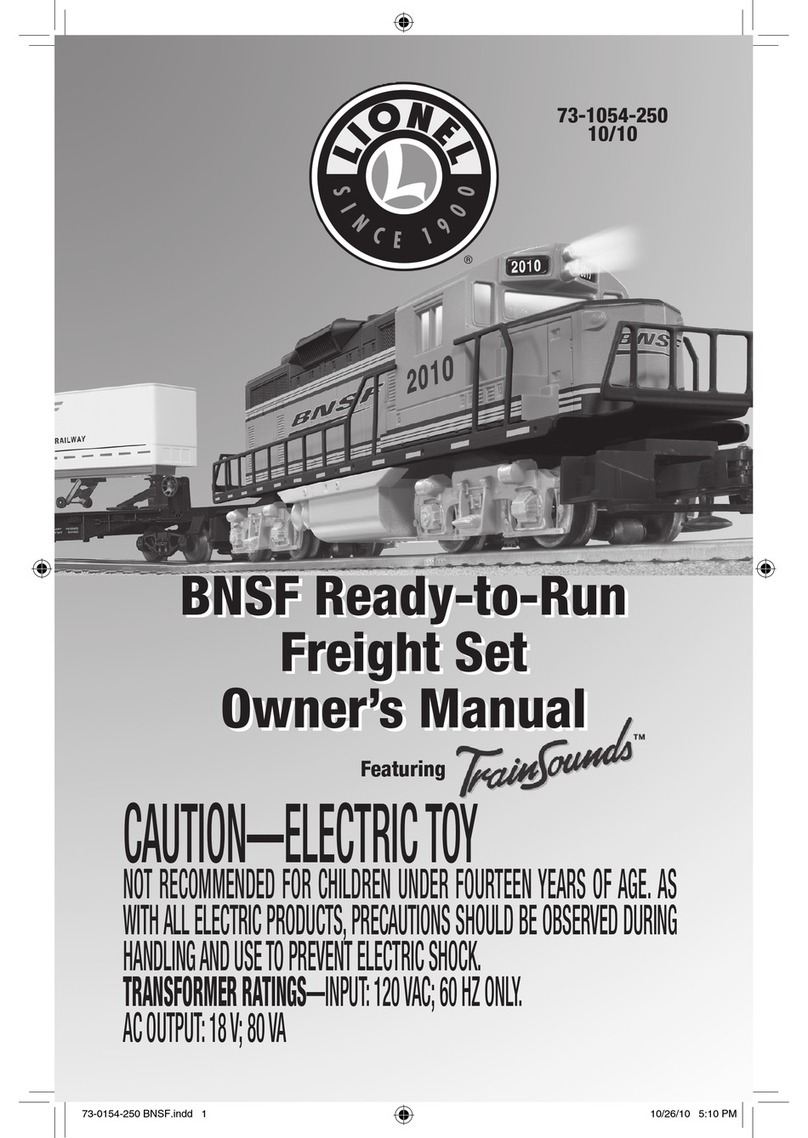
Lionel
Lionel BNSF User manual

Lionel
Lionel Operation Eagle Justice Train Set User manual

Lionel
Lionel 59 Minuteman User manual
Popular Toy manuals by other brands

FUTABA
FUTABA GY470 instruction manual

LEGO
LEGO 41116 manual

Fisher-Price
Fisher-Price ColorMe Flowerz Bouquet Maker P9692 instruction sheet

Little Tikes
Little Tikes LITTLE HANDIWORKER 0920 Assembly instructions

Eduard
Eduard EF-2000 Two-seater exterior Assembly instructions

USA Trains
USA Trains EXTENDED VISION CABOOSE instructions
